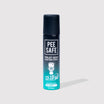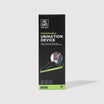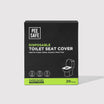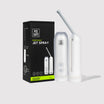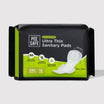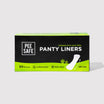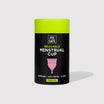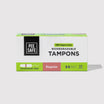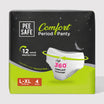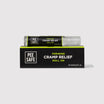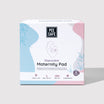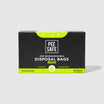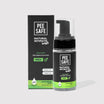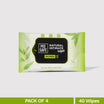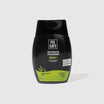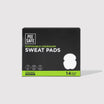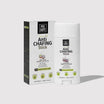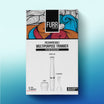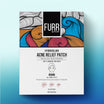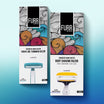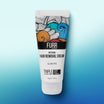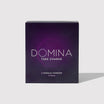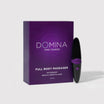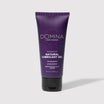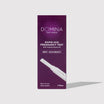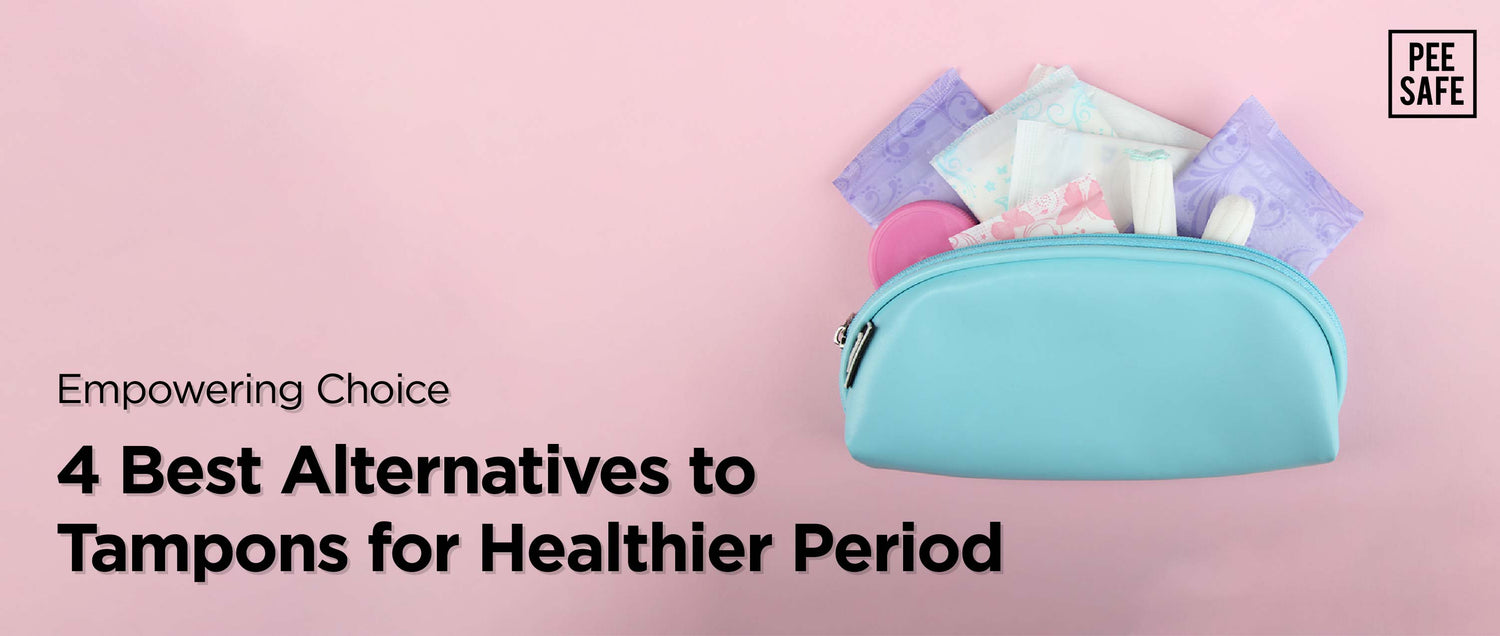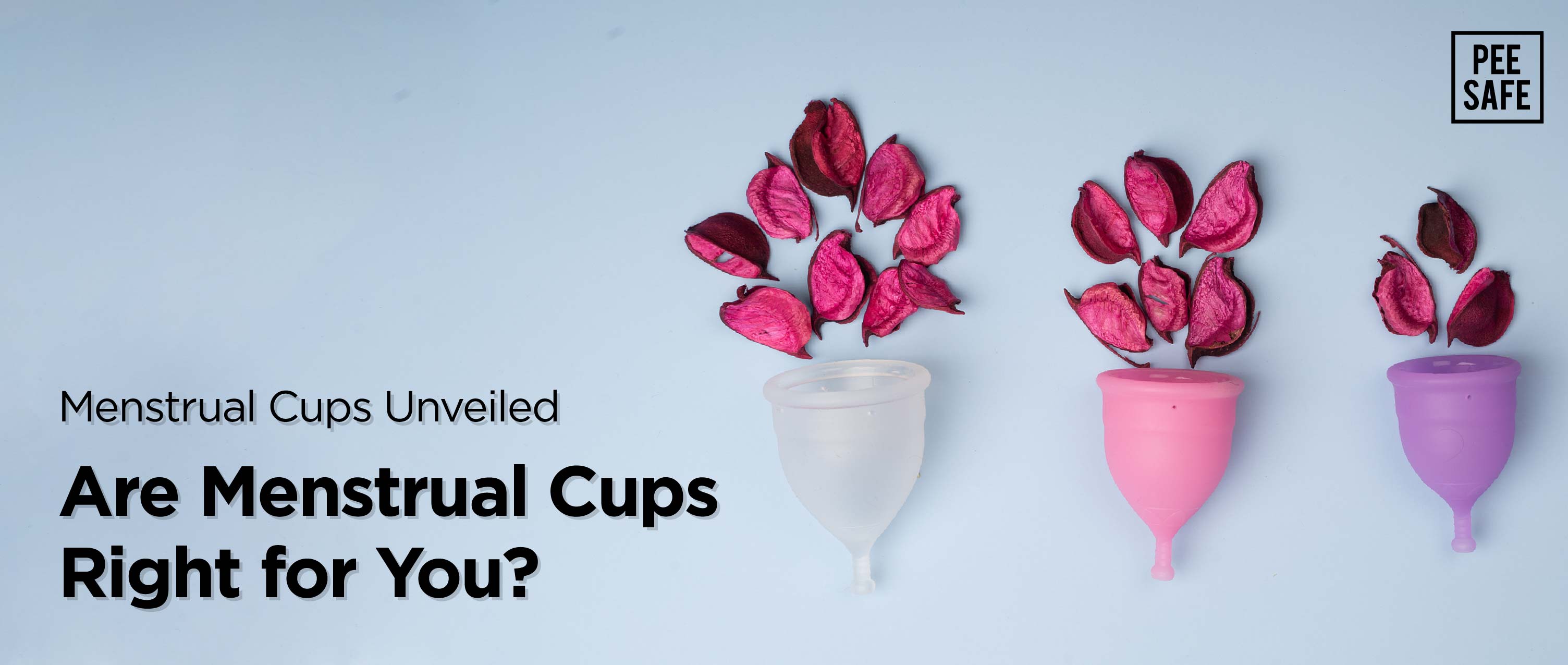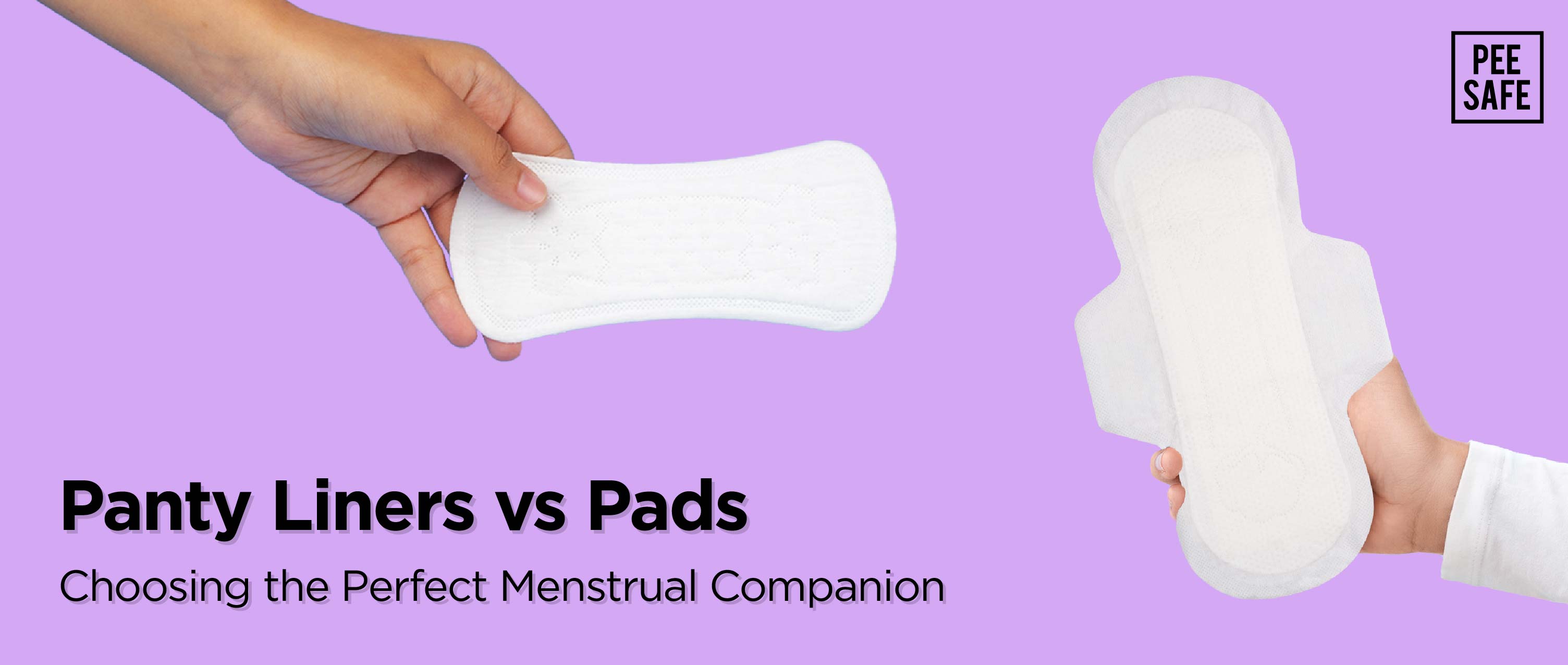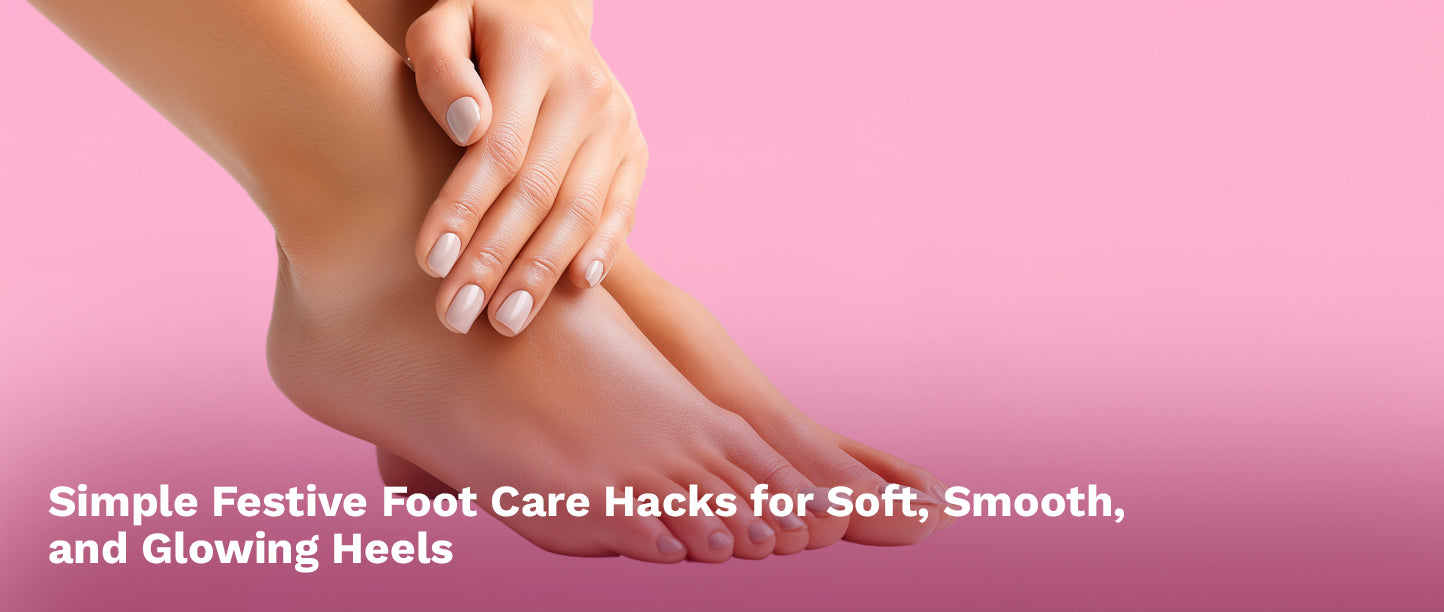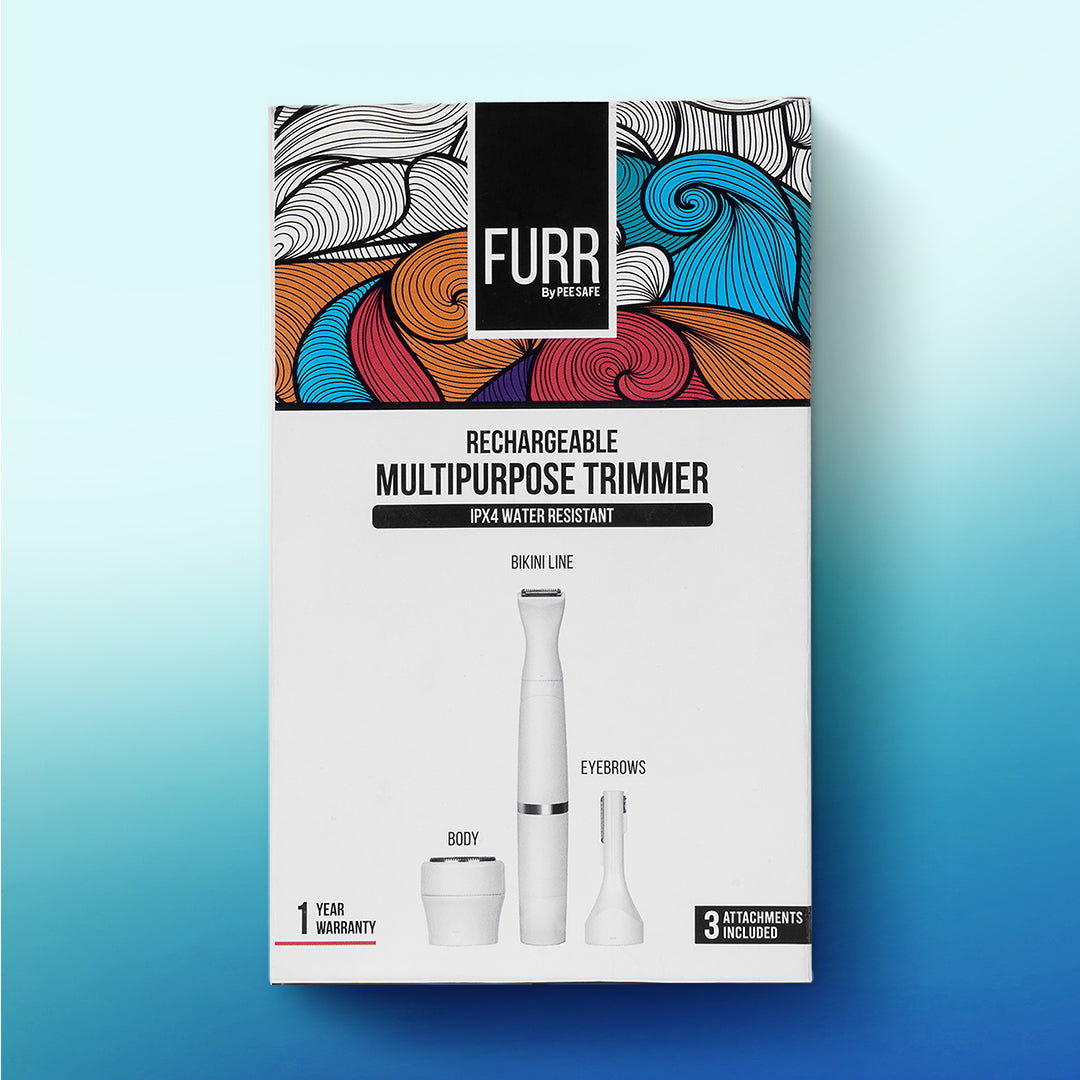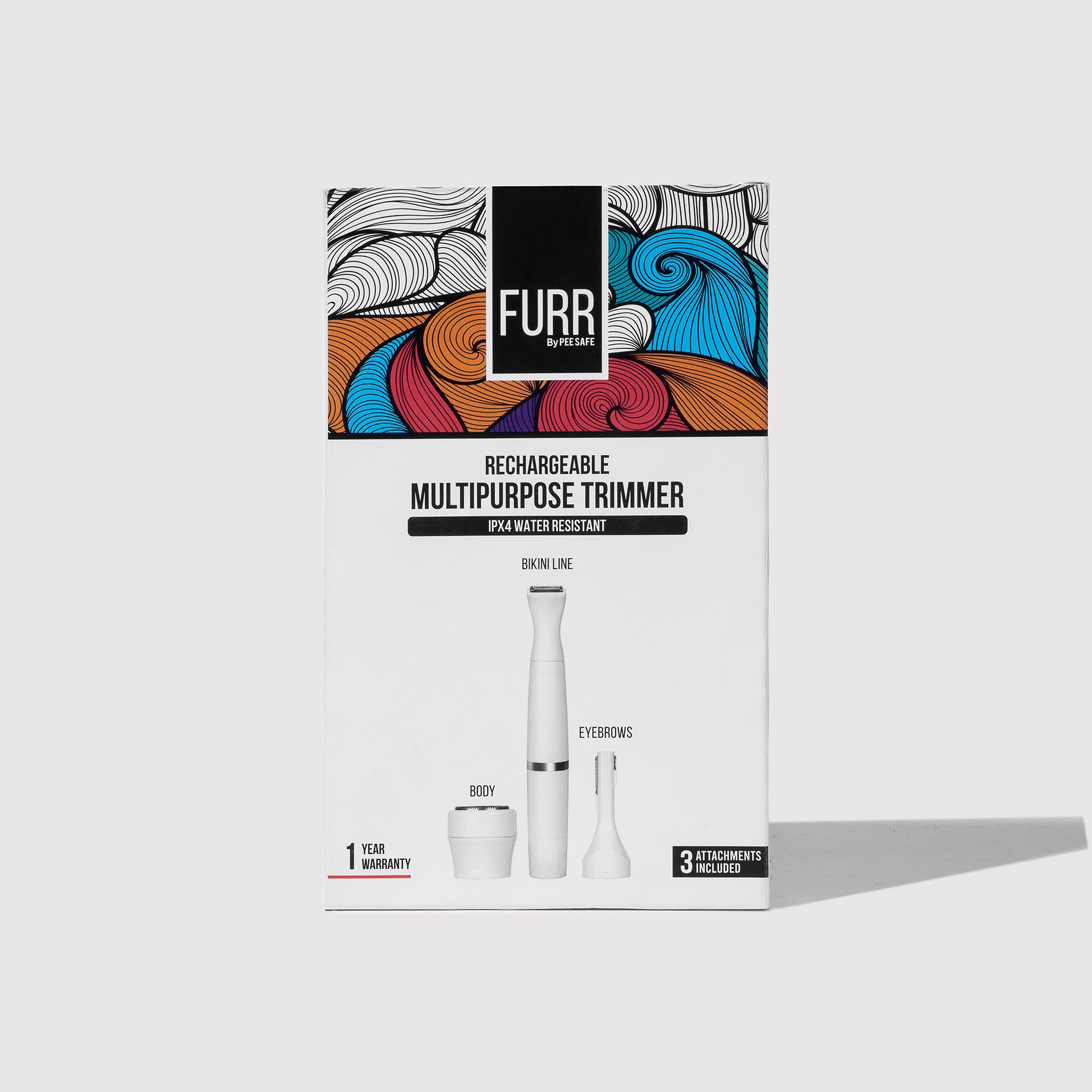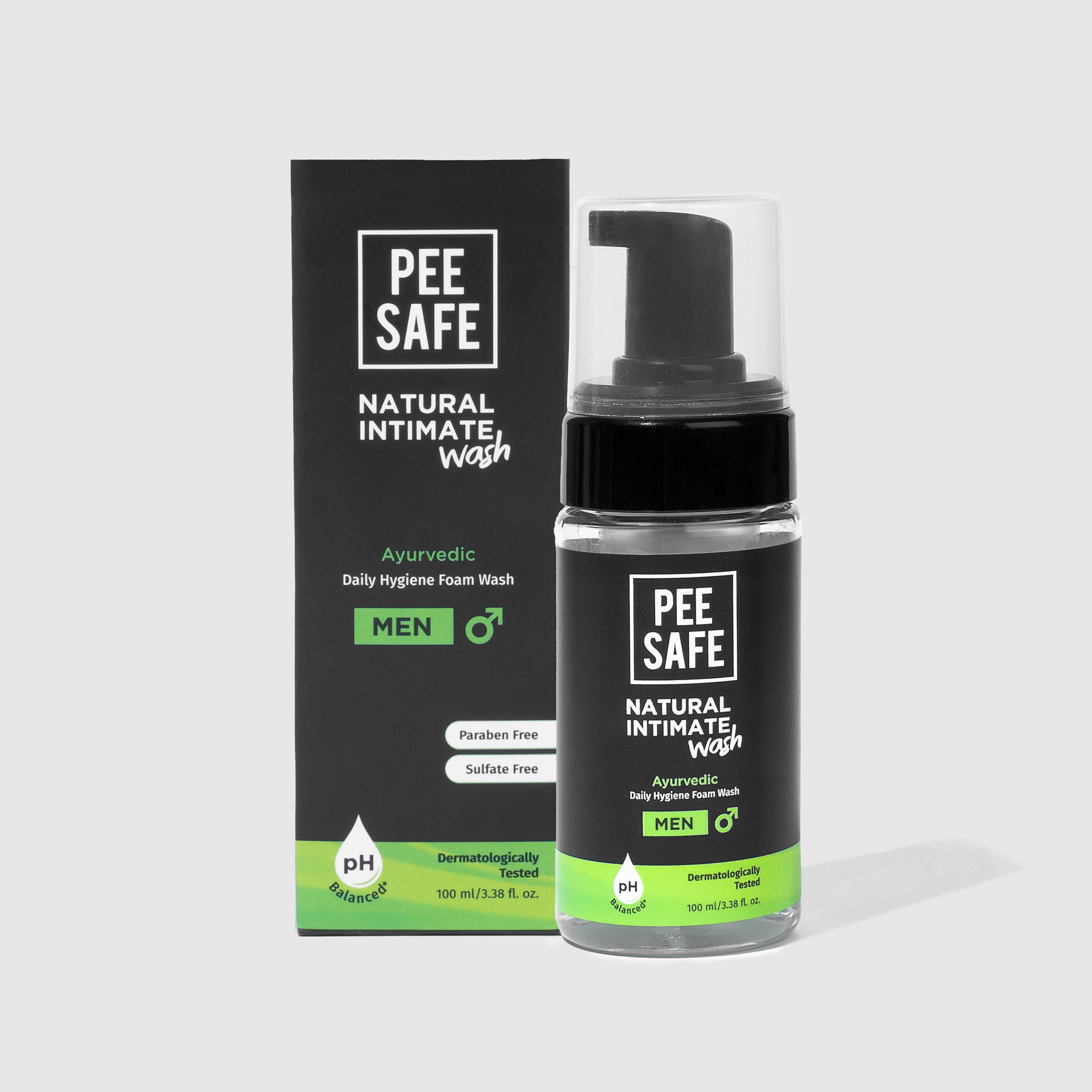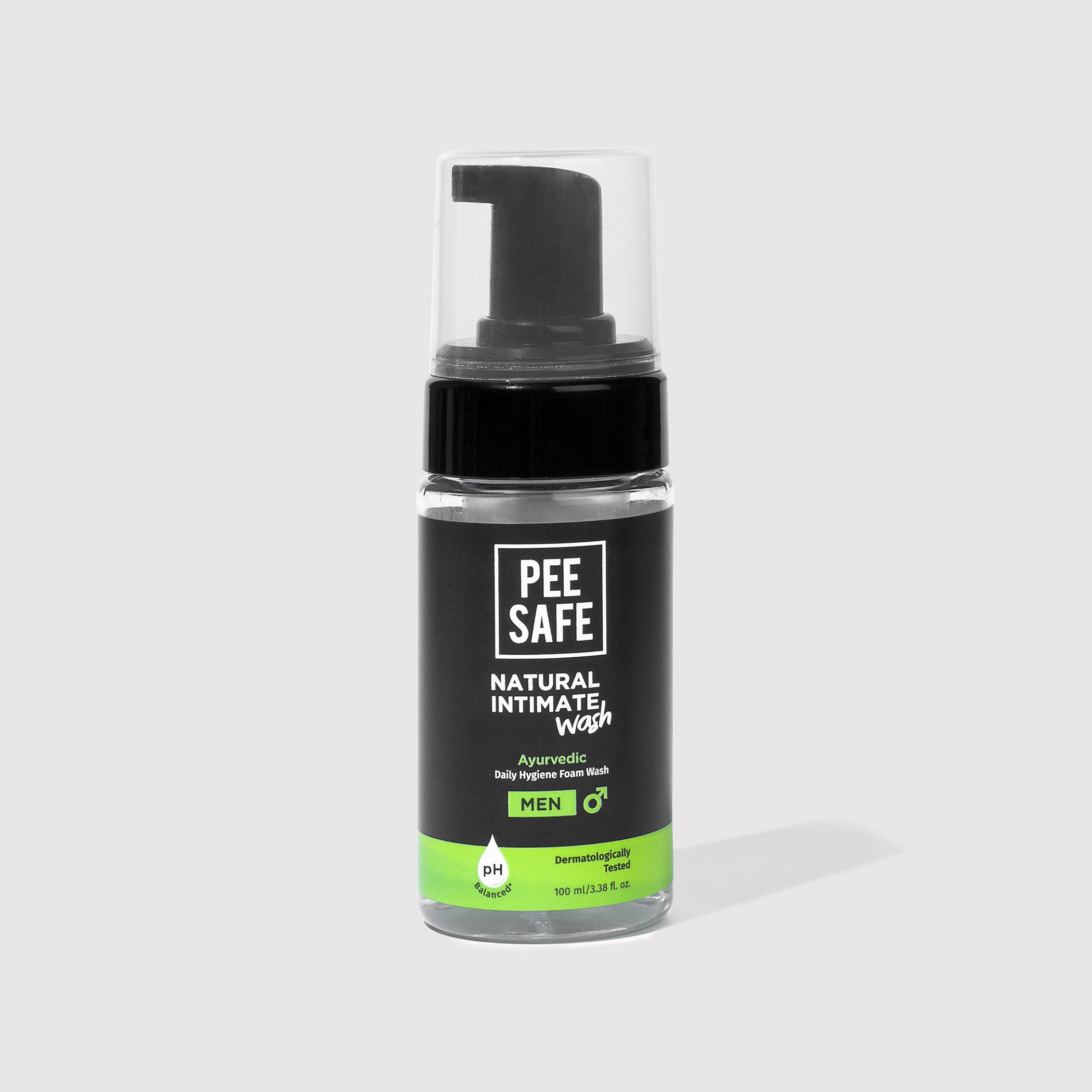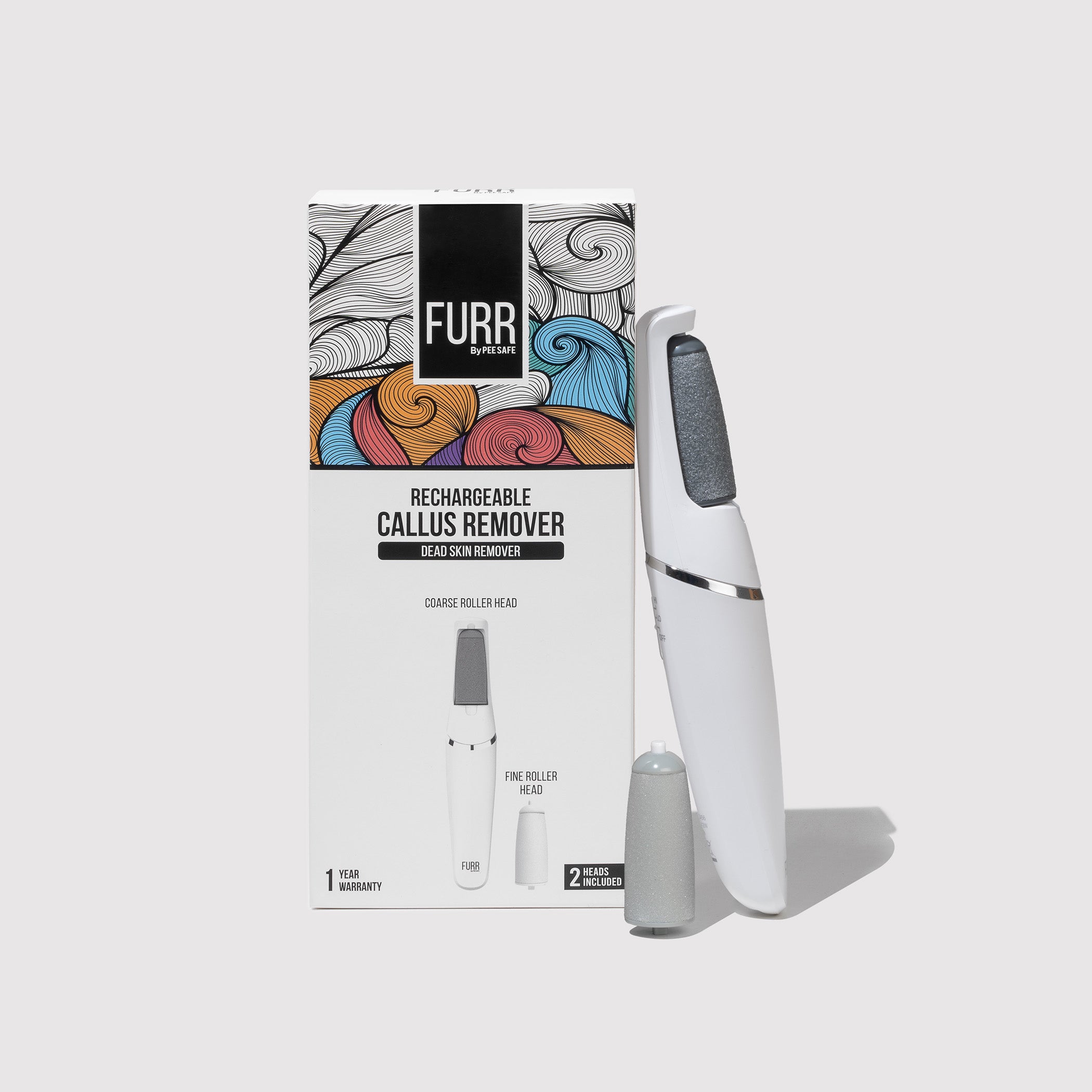Looking for alternatives to tampons? There are several options available that offer different features and benefits. Exploring these alternatives allow individuals to find the option that best suits their needs and preferences, so that they can choose products beyond tampons.
4 Best Alternatives to Tampons You Need to Try
- Menstrual Cups:
Menstrual cups are bell-shaped, reusable devices made of medical-grade silicone. They’re inserted into the vagina to collect menstrual blood.
- Menstrual cups are a sustainable and cost-effective alternative to tampons and pads.
- They can be worn for up to 12 hours, depending upon the flow, and hold more fluid than tampons.
- Menstrual cups come in three different sizes- small, medium, and large.
- They are eco-friendly and can last for up to 5 years with proper care and cleaning.
- Inserting and removing a menstrual cup may take some practice, but once habitual, it is very comfortable.
- Menstrual cups make partake in physical activities much easier like swimming, exercising, etc.
- They do not cause dryness or disrupt the natural vaginal pH balance.
- Following proper hygiene practices, such as washing hands before insertion and sterilizing the cup between cycles is essential.
- Experiences may vary, and it is recommended to consult with your healthcare provider for personalized advice and guidance on using menstrual cups.
- Sanitary Pads:
Sanitary pads, also known as menstrual pads or sanitary napkins are made up of 100% organic cotton and are worn by sticking on the underwear to manage the menstrual flow.
- Sanitary pads consist of a soft top layer, an absorbent core, and a leak-proof backing.
- They come in different sizes, thicknesses, and absorbency levels to suit various flow intensities.
- These are disposable and designed to be changed every few hours or as needed.
- They provide a convenient and readily available option for managing menstrual bleeding.
- Pads are suitable for individuals who prefer not to use internal menstrual products or are not comfortable with vaginal insertion.
- It's essential to follow proper hygiene practices, such as washing hands before and after changing pads, to maintain cleanliness and reduce the risk of infection.
- Menstrual Disc:
A menstrual disc is a flexible, disc-shaped device made of medical-grade silicone that is inserted higher up in the vagina to collect menstrual blood.
- They are typically made of silicone and are designed to be worn higher up in the vaginal canal.
- Menstrual discs have a higher capacity than tampons and can hold more fluid.
- They can be worn for up to 12 hours before emptying, rinsing, and reinserting.
- Just like menstrual cups, menstrual discs can also be worn during physical activities like swimming, exercising, etc.
- Menstrual discs are leak-free, reusable, comfortable, and can last for upto 5 years.
- Like any menstrual product, proper hygiene practices are essential, such as washing hands before insertion and following the manufacturer's instructions.
- As with any menstrual product, individual experiences may vary. It's recommended to consult with your healthcare provider for personalized advice and guidance on using menstrual discs.
- Reusable Sanitary Pads:
Reusable Pads can be reused by washing them after every use. These are made of breathable fabrics that ensure a comfortable and a safe experience for your menstrual cycle. These reusable sanitary pads can last for up to one year if they are used and taken care of properly.
- Reusable sanitary pads are an eco-friendly alternative to disposable pads.
- They are made of breathable fabric materials which can prevent any kind of itching or rash that can be commonly caused by the use of plastic pads.
- Reusable pads consist of a moisture-wicking top layer, an absorbent core, and a leak-resistant backing.
- They come in various sizes and absorbencies to suit different flow levels.
- Using reusable pads involves washing and drying them after each use.
- Benefits include reducing waste, saving money in the long run, and potentially reducing exposure to chemicals.
- They can be more comfortable and breathable compared to the disposable options.
- Reusable sanitary pads offer a sustainable choice for individuals seeking eco-friendly menstrual products.
Exploring alternatives to tampons opens up a world of possibilities for menstruators. Whether driven by health concerns, environmental consciousness or personal preferences, there are plenty of options available that can enhance comfort, convenience, and sustainability during periods. Remember, finding the right alternative might need some experimentation, trying and testing but it’s worth it when at last you’ll figure out what works best according to your needs and lifestyle.
-
✍️ This article was curated by Nisha Prakash

